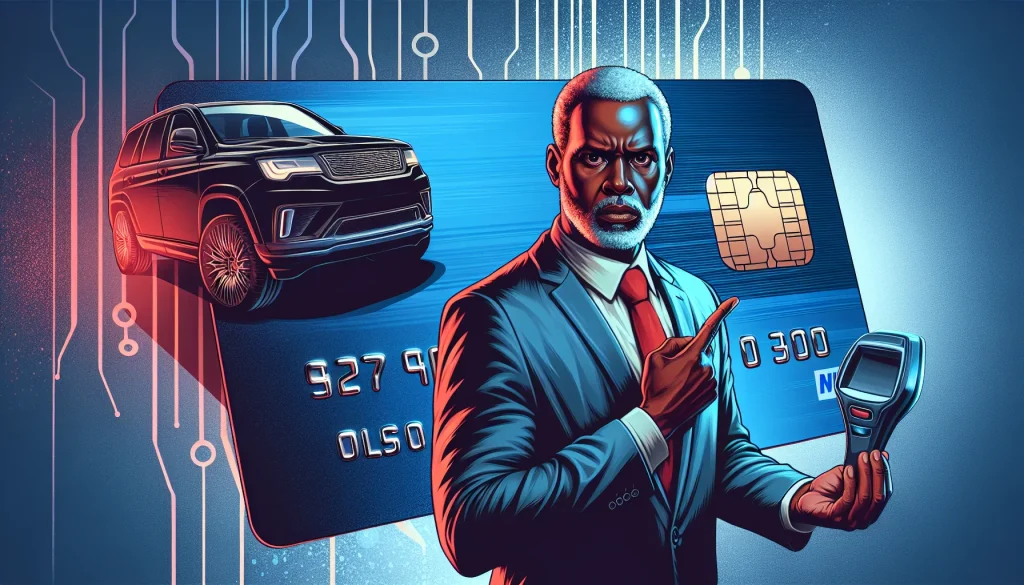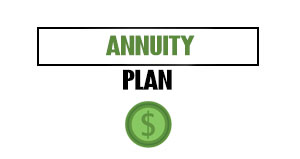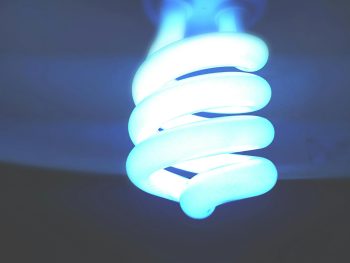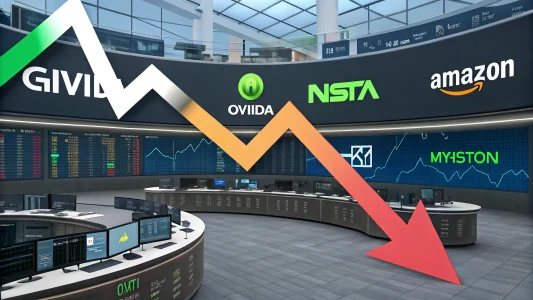I’ve built my career helping people make practical choices with their money. As CEO of LifeGoal Wealth Advisors and a CFP and CIMA, I look at products through a simple lens: What problem does this solve, and at what cost? A new Dallas-based company has raised $50 million from Mark Cuban to launch a credit card backed by your car. It’s being framed as an option for individuals who are unable to obtain traditional credit. The pitch is simple. You hand over your car title and receive a card with a limit of up to $10,000 at a 29.88% interest rate. The idea raises serious questions.
“You’ve heard of a HELOC, a home equity line of credit? Well, now meet CarLock… They give you a credit card up to a $10,000 limit with an interest rate of 29.88%… A HELOC uses your house, an appreciating asset, as collateral. A car lock uses your car, a depreciating asset.”
Table of Contents
ToggleWhat This Product Is and How It Works
This offer combines two familiar tools: a credit card and an auto title loan. To access the line, you surrender your vehicle title. The lender then issues a credit card with a set limit, reportedly as high as $10,000. The rate is steep at 29.88% APR. If you do not make payments, the lender can seize the car because the title is pledged as collateral.
The target customer is someone locked out of traditional credit. That could be due to thin credit history, past delinquencies, or unstable income. The card provides spending power when other doors are closed. It also provides the lender with extra security, as your car serves as collateral for the debt.
On the surface, this appears to be a workaround for individuals who require immediate financial assistance. But the structure relies on a depreciating asset, and the pricing is close to the top of the credit card range. That combination makes the risk profile very high for borrowers.
View this post on Instagram
Why Using Your Car as Collateral Is Risky
Cars lose value with time and mileage. That is not an opinion; it is a fact about how vehicles work. The amount you owe can rise fast at a 29.88% APR if you carry a balance—meanwhile, your car’s value drops. You end up with a shrinking cushion under a rising obligation. That is the opposite of a home equity line of credit, where the collateral often holds steady or can rise over a long period.
There is a second layer of risk. The card is designed for borrowers who already struggle to access credit. That means a higher chance of missed payments. If payments are missed, the lender can take the car. Losing your car can mean losing your way to work. This can trigger more financial stress and result in additional missed payments elsewhere. It is a spiral that is hard to escape.
To be fair, a secured credit product can help some people rebuild credit. But the cost and collateral in this case make the margin for error razor-thin. One bad month can have outsized consequences.
How This Differs from a HELOC
People have compared this product to a HELOC because both are secured by property. The comparison falls apart once you examine the details.
- Collateral: A home can hold or increase its value over time; a car, on the other hand, declines in value every year.
- Rates: HELOCs often price closer to prime plus a spread; this card advertises 29.88% APR.
- Use Case: HELOCs often fund long-term projects, whereas a credit card is used for daily spending.
- Risk of Loss: Losing a home is catastrophic; losing a car can also be life-altering if you need it for work.
In short, calling this a “car HELOC” hides the key difference. The math and the risk do not line up in the same way.
The Math: What a 29.88% APR Really Means
Let’s keep it simple. Assume a $3,000 balance at 29.88% APR. The interest alone is approximately $75 per month. If you pay only the minimum, most of your payment goes to interest, not the principal. The balance can linger for years. Meanwhile, the car loses value each month due to its age and mileage.
Now imagine a job hiccup, a medical bill, or a missed paycheck. If you fall behind, fees can accumulate. If the lender repossesses the car and sells it, the sale price might not cover the full balance and fees. You could still owe money, with no car to get to work. That is how a small shortfall turns into a major reversal.
What Mark Cuban Might See
Savvy investors back products that fill a gap. He may see a large market of people shut out of mainstream credit. He may also see strong security for the lender because a lien on the title secures the debt. From an investor’s point of view, the collateral reduces losses and the rate boosts returns. A digital-first process can lower servicing costs. It can look attractive on paper.
But what works for an investor can be punishing for a borrower. That is the tension at the heart of many subprime products. The return to the lender comes from high rates and strong collection rights. The cost to the borrower shows up in fees, stress, and the risk of losing a key asset.
Late-Cycle Behavior or Real Innovation?
Products like this often emerge when credit has tightened and consumer budgets are strained. That can be late-cycle behavior. Lenders reach further down the credit stack. They hedge with high rates and collateral. Borrowers accept strict terms because other options are gone.
That does not make the product evil. It makes it a warning signal. It tells me that household finances are under strain. It tells me that liquidity is scarce for many families. As an advisor, I pay attention to signals like this. They can hint at where defaults might rise next.
Who Might Benefit and Who Should Avoid
I would not recommend this product for someone who can qualify for a secured credit card or a small personal loan at a lower rate. Those options cost less and do not risk your car. However, there are narrow cases where a car-backed card may be helpful.
It might fit if:
- You have no other access to credit at a lower rate.
- You need short-term liquidity for an urgent and essential expense.
- You can pay the balance down in weeks, not months, and keep the car insured and maintained.
Even then, treat it like a bridge across a gap, not a place to camp. If the plan is to carry a balance for months, the cost and risk stack up fast.
Alternatives to Consider First
There are safer paths that can still help you rebuild credit or cover a short-term need:
- Secured credit card: You place a cash deposit, typically ranging from $200 to $1,000. Rates are often lower, and you cannot lose your car.
- Credit union loan: Local credit unions can offer small-dollar loans with fairer terms and counseling.
- Payment plans: Ask providers for extended payment plans. Many utilities, hospitals, and schools will work with you.
- Buy now, pay later: For essential purchases, some plans have zero interest if paid on time. Read the fine print.
- Side income and expense cuts: Not glamorous, but even $150 per month can keep you from carrying a balance.
These options may take effort to set up, but they can protect your mobility and lower your total interest.
Key Questions to Ask Before You Sign
Do not rush. Ask these questions and get written answers:
- What is the exact APR, and how are late fees assessed?
- What triggers repossession, and how much notice will I get?
- If the car is seized, am I still liable for the balance?
- Is there an annual fee, origination fee, or maintenance fee?
- Will on-time payments be reported to the credit bureaus?
- Is there a hardship policy if I lose my job?
Transparency matters. If you do not get clear answers, walk away.
Regulatory and Consumer Protection Angle
Auto title loans are regulated at the state level, and rules vary widely. Some states cap rates or limit fees. Others allow sky-high costs. If this product spreads, lawmakers may take a closer look. Repossession standards, rate caps, and disclosure rules may be tightened. Consumer groups will likely watch repossession trends and default rates closely.
If you feel that a lender has mistreated you, keep detailed records. Save statements, notices, and call logs. File a complaint with your state regulator or the CFPB. Do not wait until the car is at risk of being damaged. Act early if payment trouble looms. Many lenders will work out a plan if you call before you miss a payment.
How I Think About This as an Advisor
My job is to help clients minimize regret. I prefer tools that build stability. A product that compromises your ability to get to work undermines that goal. In rare cases, it might be a stopgap. Most of the time, it is a trap with a short fuse.
Mark Cuban is a savvy investor. He may see unmet demand and strong security. I see stressed households and thin margins for error. Both can be true simultaneously. The question for you is simple: Will this make your next six months easier or harder?
Practical Guardrails If You Proceed
If you decide to use a car-backed card, set strict rules for yourself:
- Borrow only what you can repay in 30–60 days.
- Automate payments above the minimum to cut interest.
- Keep an emergency buffer for insurance, gas, and repairs.
- Avoid using the card for nonessential spending.
- Refinance or shift to a lower-cost option as soon as you qualify.
Treat the card like a fire extinguisher. Use it for specific, urgent needs, then put it away.
The Bigger Picture
Products like this tell a story about the consumer economy. Savings have thinned for many families. Wages may not keep up with living costs. Access to credit is uneven. When you see high-rate, collateral-backed credit aimed at people with few choices, it is a sign of strain. Investors can make money solving that problem. Borrowers pay for it if they cannot exit fast.
I want people to have tools that help them move forward, not just survive from month to month. That starts with clear terms, fair pricing, and collateral that does not put your job at risk. A card backed by your car fails that test most of the time. It can work in a pinch. It is not a plan.
Here is my final thought. If you are considering this route, pause and map out the next three months of cash flows. If you cannot see a path to quickly zeroing the balance, keep looking for alternatives. Your car keeps you working. Guard it.

















